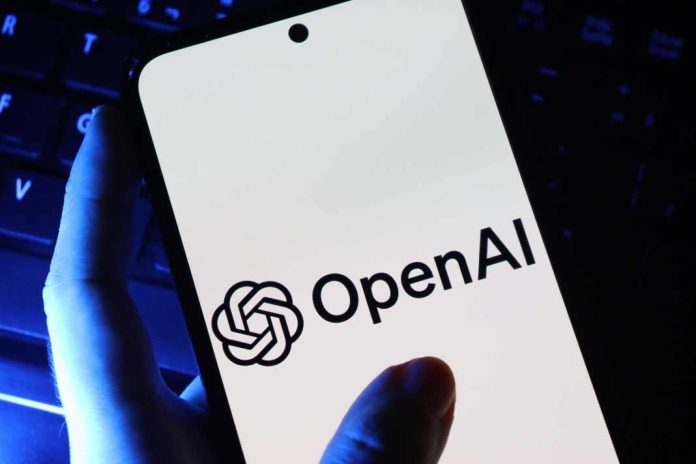OpenAI released Sora 2, its latest video and audio generation model, along with a social iOS app called Sora, which allows users to create, remix, and insert themselves into generated videos.
“This is a combination of a new model called Sora 2, and a new product that makes it easy to create, share, and view videos,” said OpenAI CEO Sam Altman in a post on X.
“This feels like the ‘ChatGPT for creativity’ moment for many of us,” Altman added.
The Sora iOS app is available in the US and Canada through an invite-based rollout, with plans to expand to other countries. The app is free to start, with ChatGPT Pro users gaining access to a higher-quality experimental Sora 2 Pro model. OpenAI also plans to release Sora 2 in its API, while Sora 1 Turbo remains available.
The launch of the Sora app is likely to put OpenAI in direct competition with major consumer platforms such as Instagram and TikTok, where short-form video dominates. The move comes days after Meta launched Vibes, a new AI-generated video feed inside its Meta AI app.
Altman acknowledged both the benefits and risks of social media, noting concerns around addiction and bullying. He said it was “easy to imagine the degenerate case of AI video generation that ends up with us all being sucked into an RL-optimised slop feed,” but emphasised that the Sora team had put great care and thought into designing a product to avoid that outcome.
Sora 2 follows its predecessor Sora, launched in February 2024, which OpenAI described as a “GPT‑1 moment for video.”
According to the company, Sora 2 represents what it considers a “GPT‑3.5 moment for video,” capable of simulating complex physical actions such as backflips, Olympic gymnastics, and triple axels, while modelling real-world physics more accurately than prior systems.
“Prior video models are overoptimistic—they will morph objects and deform reality to successfully execute upon a text prompt,” OpenAI said in its blog post. “In Sora 2, if a basketball player misses a shot, it will rebound off the backboard.”
The model also allows detailed control over video output, including multi-shot sequences, realistic cinematic and anime styles, and soundscapes with speech and effects. Users can insert real-world elements, such as themselves, other people, animals, or objects, into generated videos by recording a brief verification.
“We first started playing with this ‘upload yourself’ feature several months ago on the Sora team, and we all had a blast with it,” OpenAI said. “It kind of felt like a natural evolution of communication—from text messages to emojis to voice notes to this.”
The Sora app is designed to prioritise creation over consumption. OpenAI said its recommender algorithms are instructed via natural language, and users can adjust their feeds.
The app includes parental controls, daily limits for teens, and human moderation to prevent bullying. Users control who can use their likeness, and videos containing their cameo can be revoked at any time.
“Video models are getting very good, very quickly,” OpenAI said. “General-purpose world simulators and robotic agents will fundamentally reshape society and accelerate the arc of human progress. Sora 2 represents significant progress towards that goal.”
ALSO READ: OpenAI’s New Partnership with Shopify, Etsy will Allow ChatGPT to Sell Products

